
Sudden Death Syndrome or Brown Stem Rot? Tune in for identification tips the impact of these diseases.
https://www.facebook.com/LathamSeeds/videos/2077027295959408/
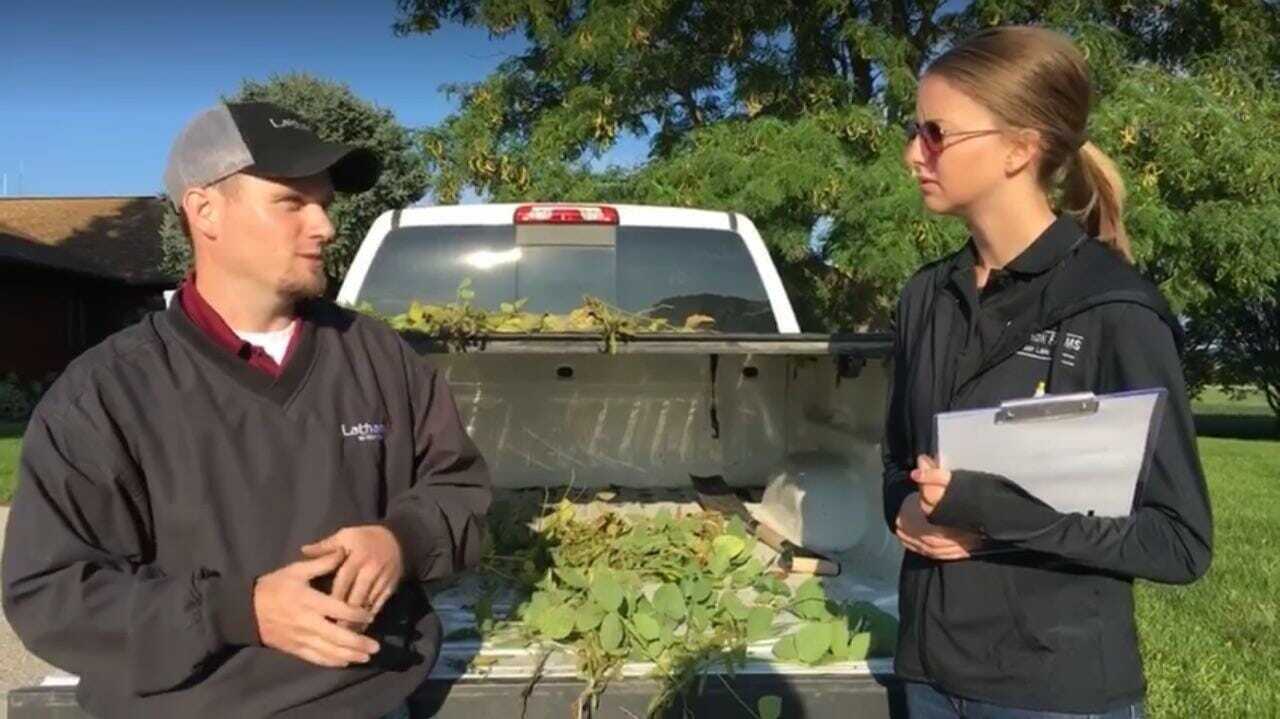

Sudden Death Syndrome or Brown Stem Rot? Tune in for identification tips the impact of these diseases.
https://www.facebook.com/LathamSeeds/videos/2077027295959408/

Tune in for discussion on a new insect hitting soybean fields in the Midwest. We will also be covering tips on late-season scouting.
https://www.facebook.com/LathamSeeds/videos/1134728796694114/
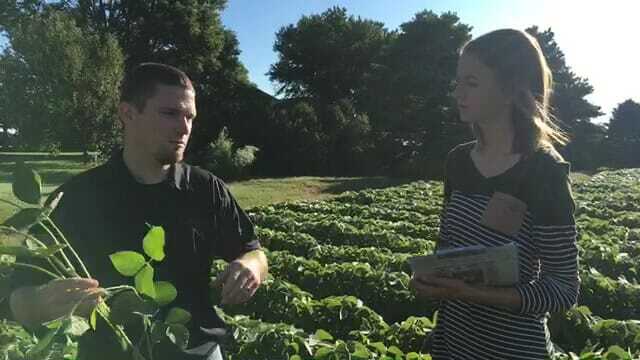

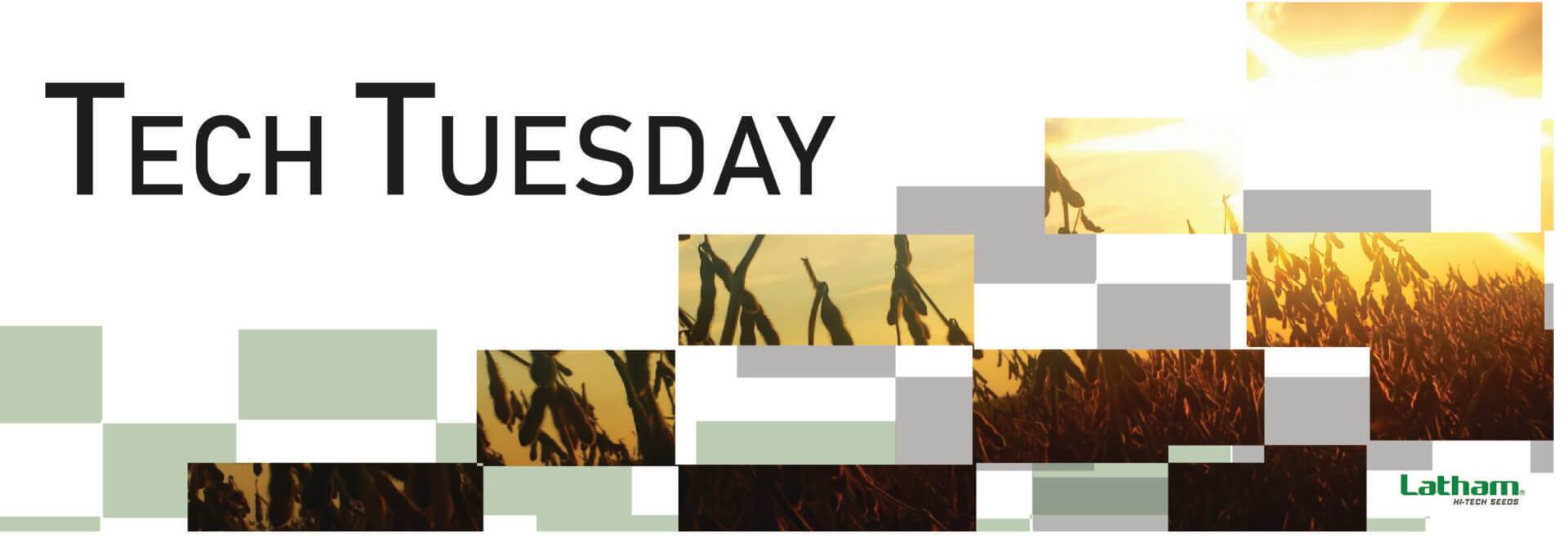
HAVING PRODUCTS THAT PERFORM WELL IN specific geographies is essential, and that’s where our Latham Research efforts come into play. We must continually adapt in an ever-changing industry. We must seek out new products and technologies, but we also must seek out new sources. To that end, here’s a quick summary of what’s new in our research for 2018:
CORN RESEARCH: The Latham MiniStrip program was introduced in 2017 by Bob Foley, our resident corn breeder and consultant. Its success in the first year prompted us to add more locations and more hybrids per location this year. We also increased the number of hybrids being tested at each location in our SuperStrip research program. In addition, we added one new genetic source this year.
SOYBEAN RESEARCH: Over the years, Latham Seeds has earned a great reputation within the industry for the accuracy and consistency of our replicated research plots. This makes us a “favored partner,” so we’re continuing to work with the entities created by mergers/buyouts. We’re also in negotiations with another large company to partner in joint research efforts. Additionally, we have expanded the number of research locations that we plant and harvest ourselves to ensure we have reliable data on which to make product decisions.
Another unique effort currently underway in Alexander is our Enlist™ plot. This is an EPA-stewarded plot with 10 Enlist soybeans, ranging from 1.4 to 3.1 maturities. Those Enlist products are being compared in one portion of the plot to Roundup Ready 2 Yield® and Roundup Ready 2 Xtend® soybeans. In another area, those same Enlist soybeans are being compared to LibertyLink® soybeans. We expect some interesting notes and data!
OTHER RESEARCH: In addition to the studies noted above, we’re conducting research on some seed treatments. We’re testing NemaStrike™, Poncho/VOTiVO™ 2.0 and are in our third year of testing ILeVO™. Phil Long, Latham’s Precision Agronomy Specialist, is doing a nitrogen study in Alexander with the Climate Nitrogen Advisor tool available through the Climate FieldView™ (CFV) platform. We invite you to attend our Fall Field Day at our Iowa headquarters on Friday, Sept. 14, to learn more about these trials. If that date doesn’t work for you or your customers, contact your RSM to schedule a private tour.
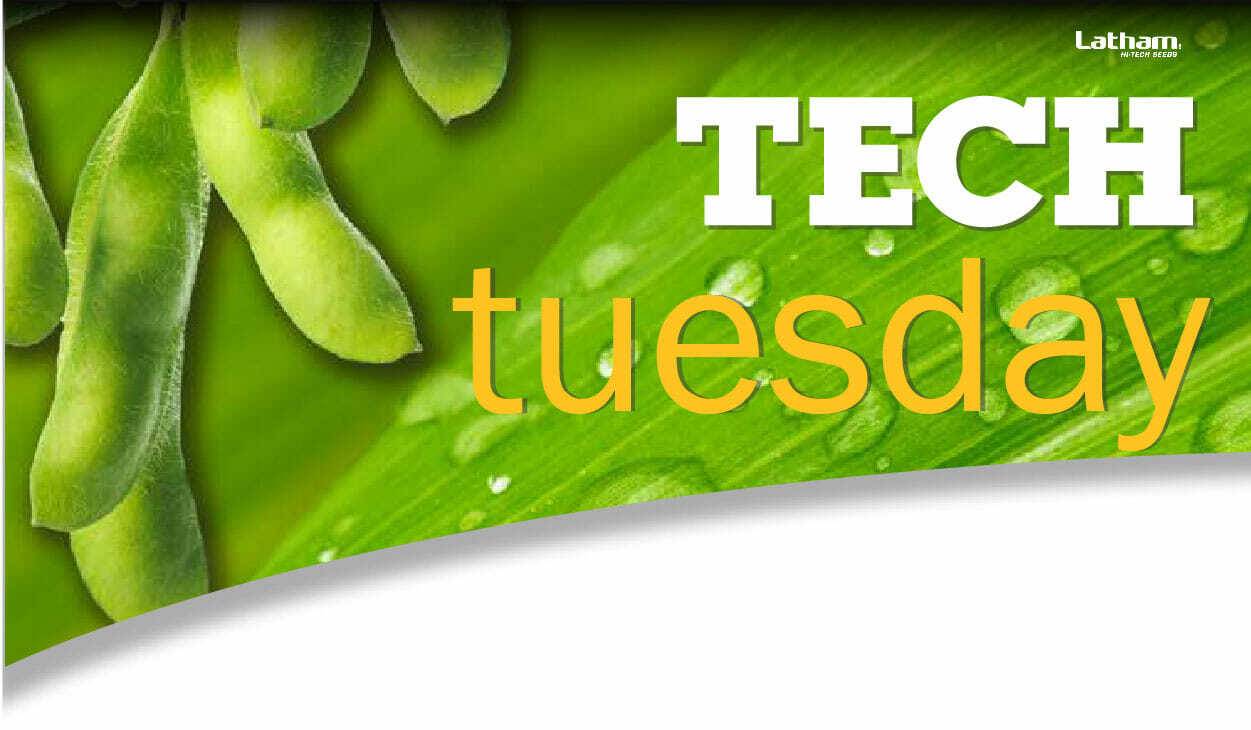
The spring of 2018 will be remembered for too much rain and cold temperatures, which all contributed to one of the most challenging planting seasons in recent history. Farmers were concerned about getting their seed in the ground early enough to capture full yield potential, but one must take more than planting date into consideration. Soil conditions at the time of planting and the short-term weather forecast also play an important role in germination and emergence, as many were reminded when they saw poor emergence and weak stands.
With this in mind, the following guidelines will help you evaluate soybean stands and determine whether re-planting is necessary:
» PLANTING DATE: In a five-year study completed by Latham’s research team across multiple states, there was no significant yield difference between soybeans planted before May 15. We evaluated planting dates of late April and early May to mid-May. Planting on or before June 1 averaged 95% of expected yield. In fact, yields didn’t drop to the 85% and lower range until soybeans were planted after June 15. These results compare very closely to similar studies done by university researchers throughout our trade territory.
» PLANT POPULATION: Soybean stands can suffer from a wide variety of problems that will reduce population: hail, disease, insects, cold soil temps at planting time, compaction and planter failures. The biggest problem we find is that stand reductions almost never occur evenly across the field, so farmers must be diligent in scouting their fields and take the necessary time to evaluate their stands properly.
I recommend taking 10 stand counts in the area with the worst damage and 10 counts in the part of the field that was not affected or affected just slightly. At each point, measure off 10 feet of row and count the number of live, viable plants. You can take the average of your 10 points and compare them to the table on Page 3 to see how many plants per acre you have remaining.
A stand of 100,000 evenly distributed plants generally gives you optimum yield. Remember that as the growing season progresses, it is much more difficult to establish a good stand of soybeans. This means you might be better off leaving a stand of 75,000 plants on July 1 rather than trying to establish a new population. A stand of 75,000 on May 15, however, seems very inadequate and would warrant replanting.
Evaluating your stands early will help you identify concerns while there is still time to remedy the situation. If you have questions on evaluating your soybean stands, feel free to contact me or Phil Long.

Soybean Cyst Nematode (SCN) remains the #1 most damaging soybean pest in North America. This pest has been called the “silent yield robber” because fields with no visible symptoms can experience a 10% yield loss.
Recently I attended a crop management seminar in Ames, Iowa. Iowa State University (ISU) Extension Nematologist Dr. Greg Tylka presented research findings showing that yield loss to SCN under severe infestations can be as much as 50 percent. Although most farmers don’t experience that level of damage, the trend is that SCN is affecting more acres than before.
There is another alarming trend showing up in Iowa and in other states that make up Latham Country…many SCN populations are becoming resistant to PI 88788, which is the main source of genetic resistance.
Dr. Tylka and his staff have been conducting yield trials since 1991 in Iowa with SCN-resistant soybeans. More than 95% of the soybeans entered in those yield trials carry the PI 88788 gene which has, historically, been the best source of SCN resistance for U.S. farmers. From 1991 to 1999, almost all the SCN populations in these trials reproduced below 10% (which is considered excellent) with the PI 88788 gene. Starting in 2000, however, that resistance started to falter. In 2015, there were no PI 88788 soybeans that held the reproduction level of SCN below 10%!
Over time, there has been a gradual reduction in yield while using the PI 88788 resistance. This trend was rather predictable as we’ve seen the same thing happen with weed resistance to various herbicides. Going forward, we know that the usefulness of PI 88788 will continue to decline.
Here at Latham Hi‑Tech Seeds, we are working with breeders to bring in cultivars that have Peking resistance in hope that these will perform well against SCN and produce acceptable yields. Along with that, we will continue to monitor the various new seed treatment options as they become available. Products like Clariva®, VOTiVO®, Aveo™ EZ, NemaStrike™, ILeVO® and others may prove helpful as we try to manage this very serious soybean pest.
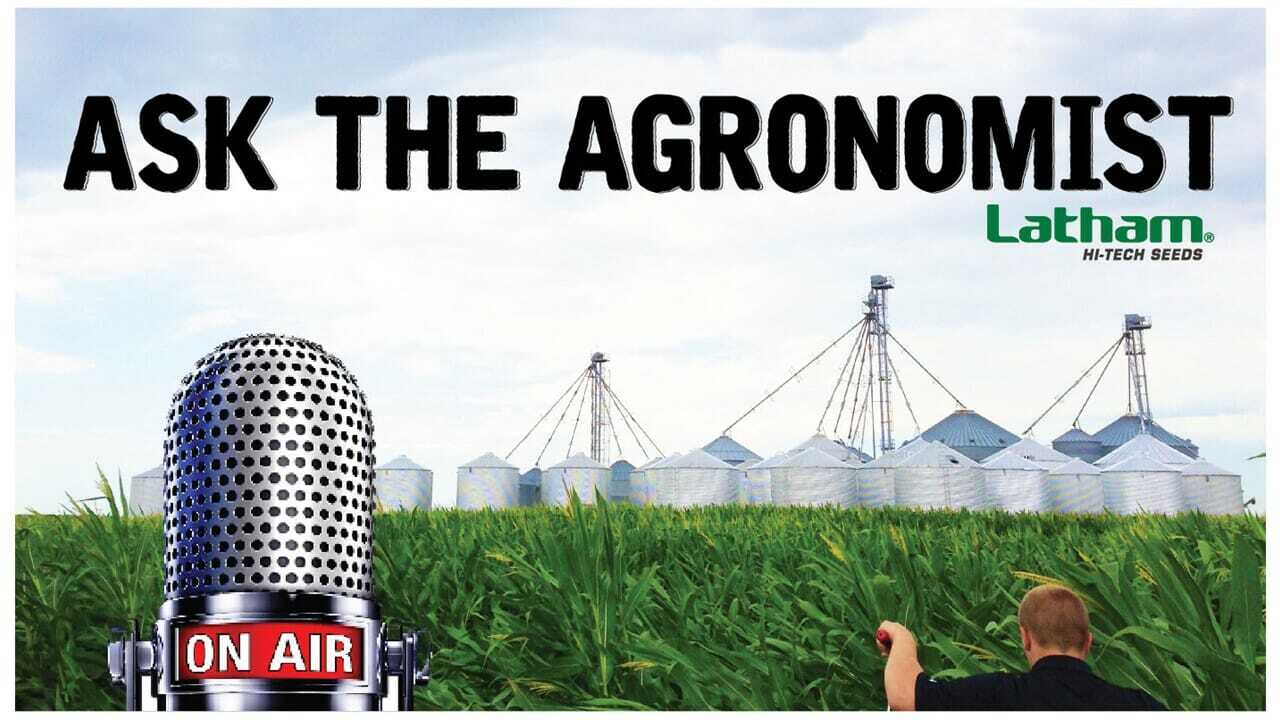
Planting beans before corn? Tune in to hear the benefits!
https://www.facebook.com/LathamSeeds/videos/10156289311917138/

Tune in for some good conversation around variable rate soybeans! Phil and Kilah discuss the growth habits of soybeans and how that affects seeding populations.
For the Facebook Live version, click here: https://www.facebook.com/LathamSeeds/videos/10156268068607138/

Spring is upon us and it’s time to get back to the basics of spring planting! Tune in as Phil and Kilah discuss the top 5 reminders for #plant18.
For the Facebook Live video, click here: https://www.facebook.com/LathamSeeds/videos/10156246366527138/